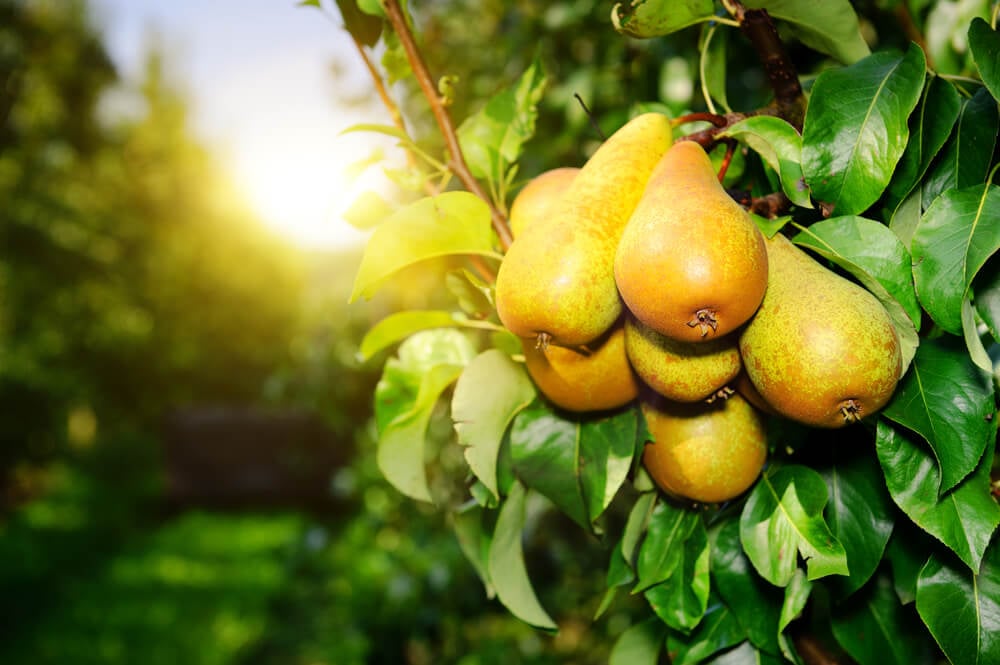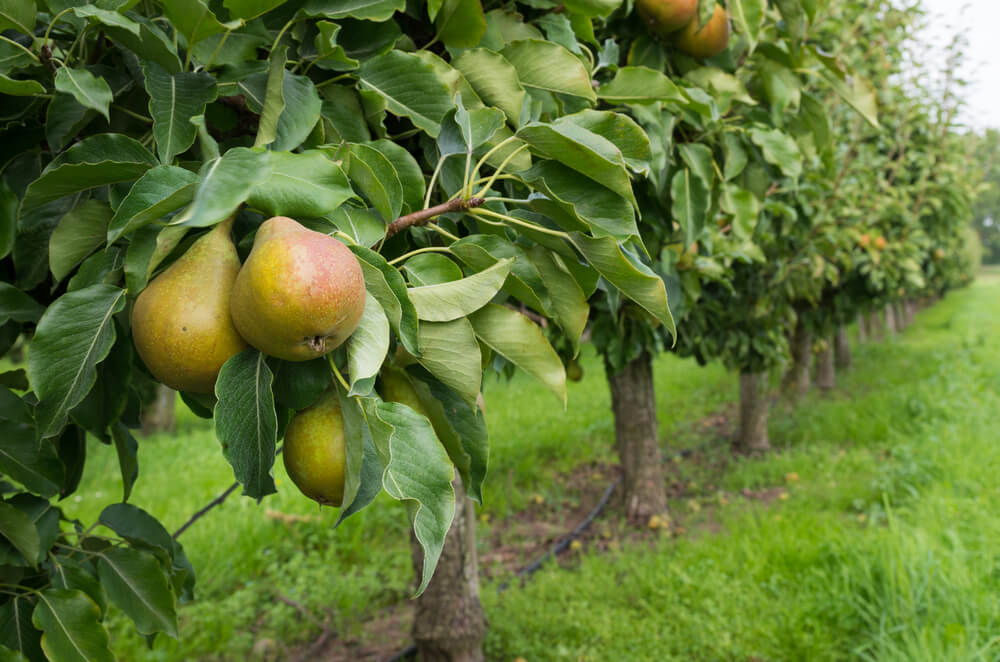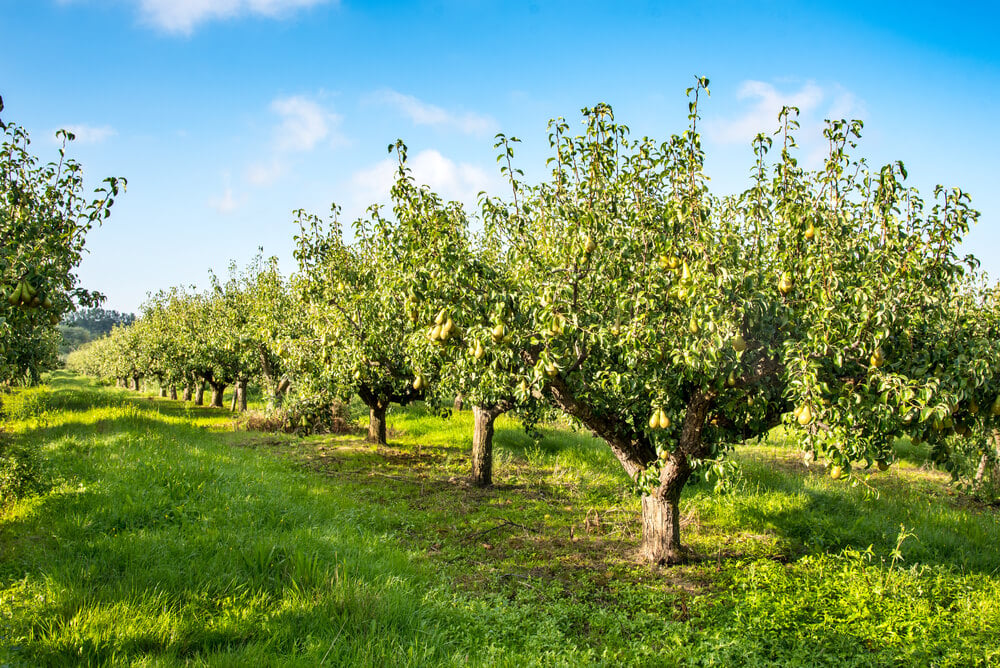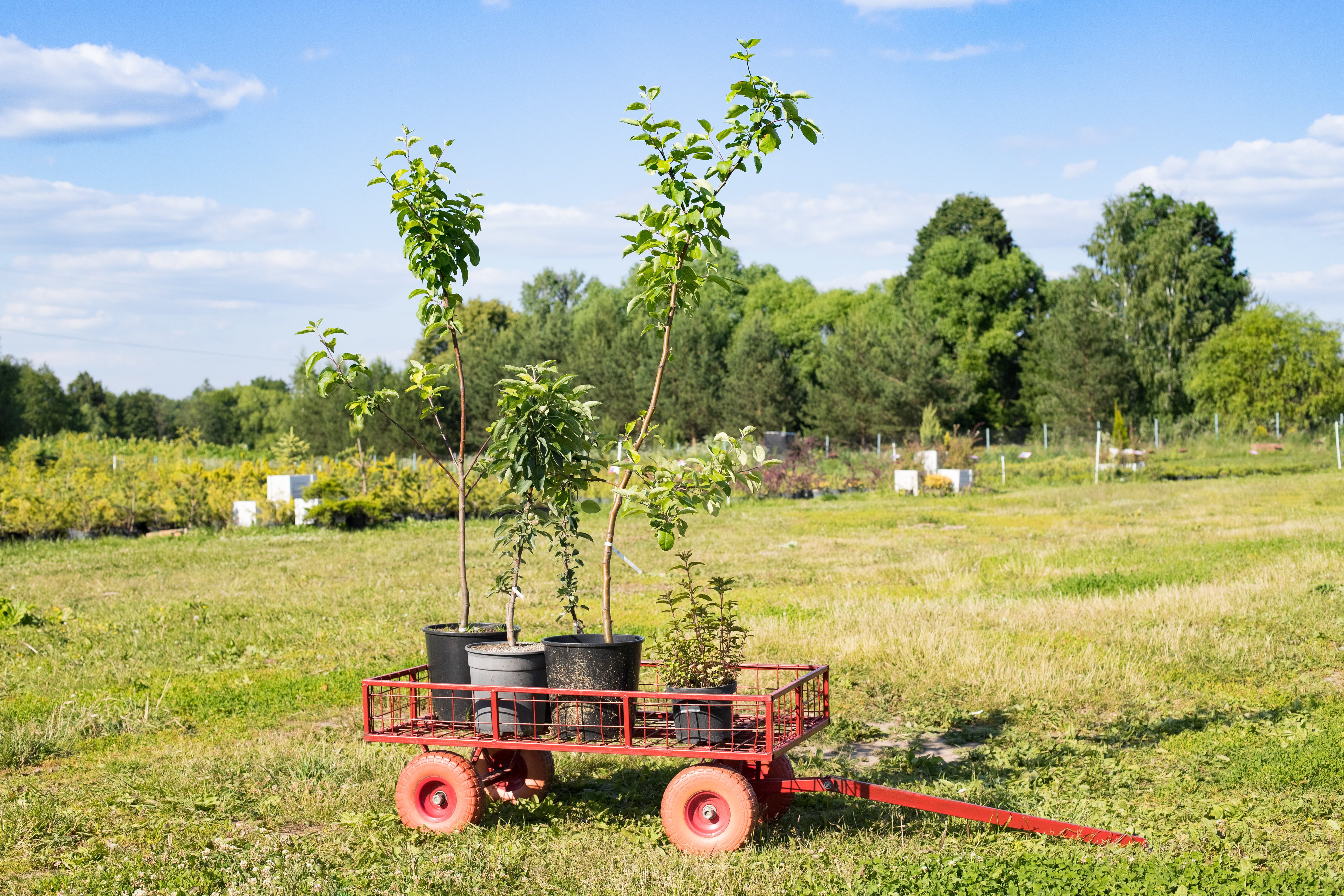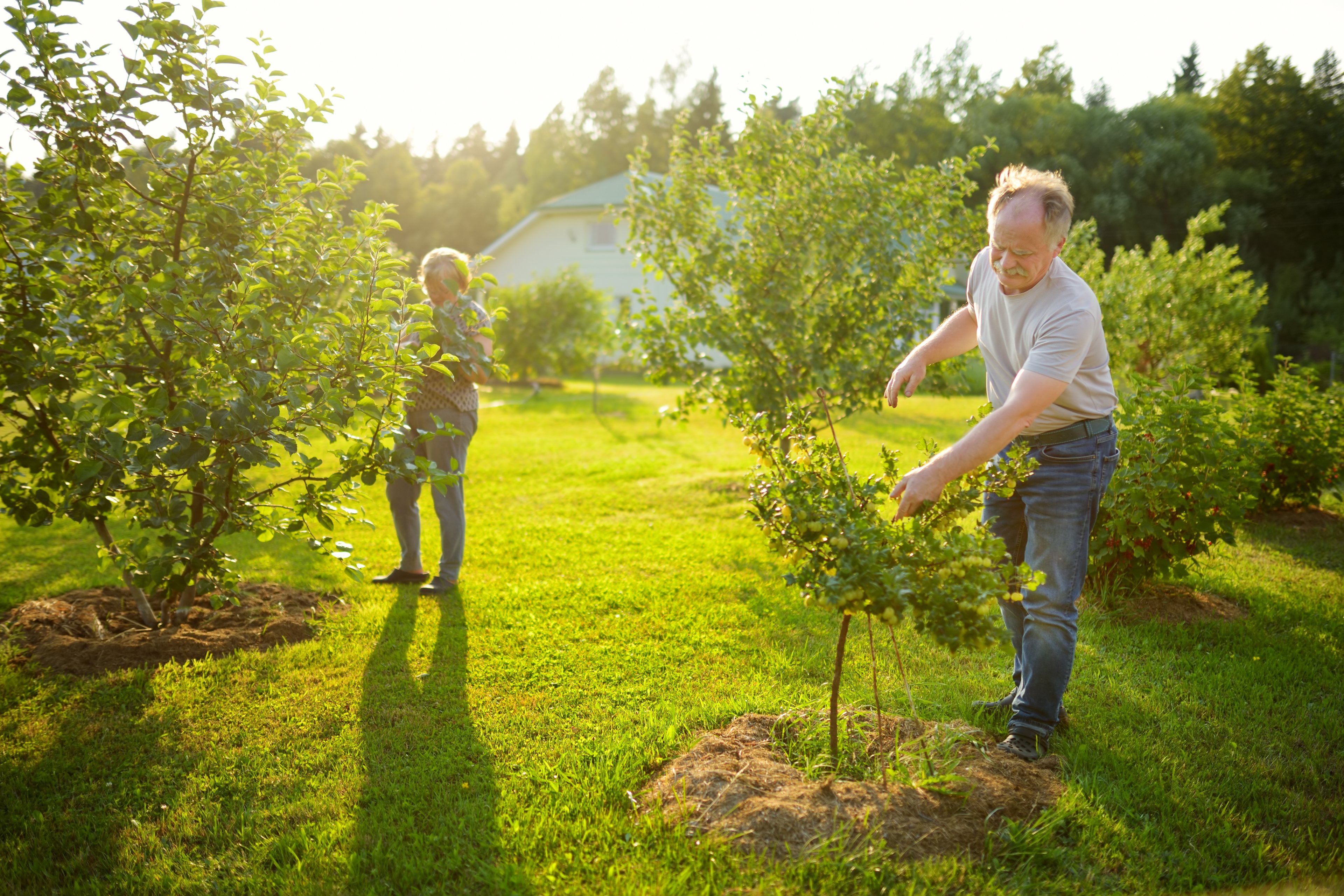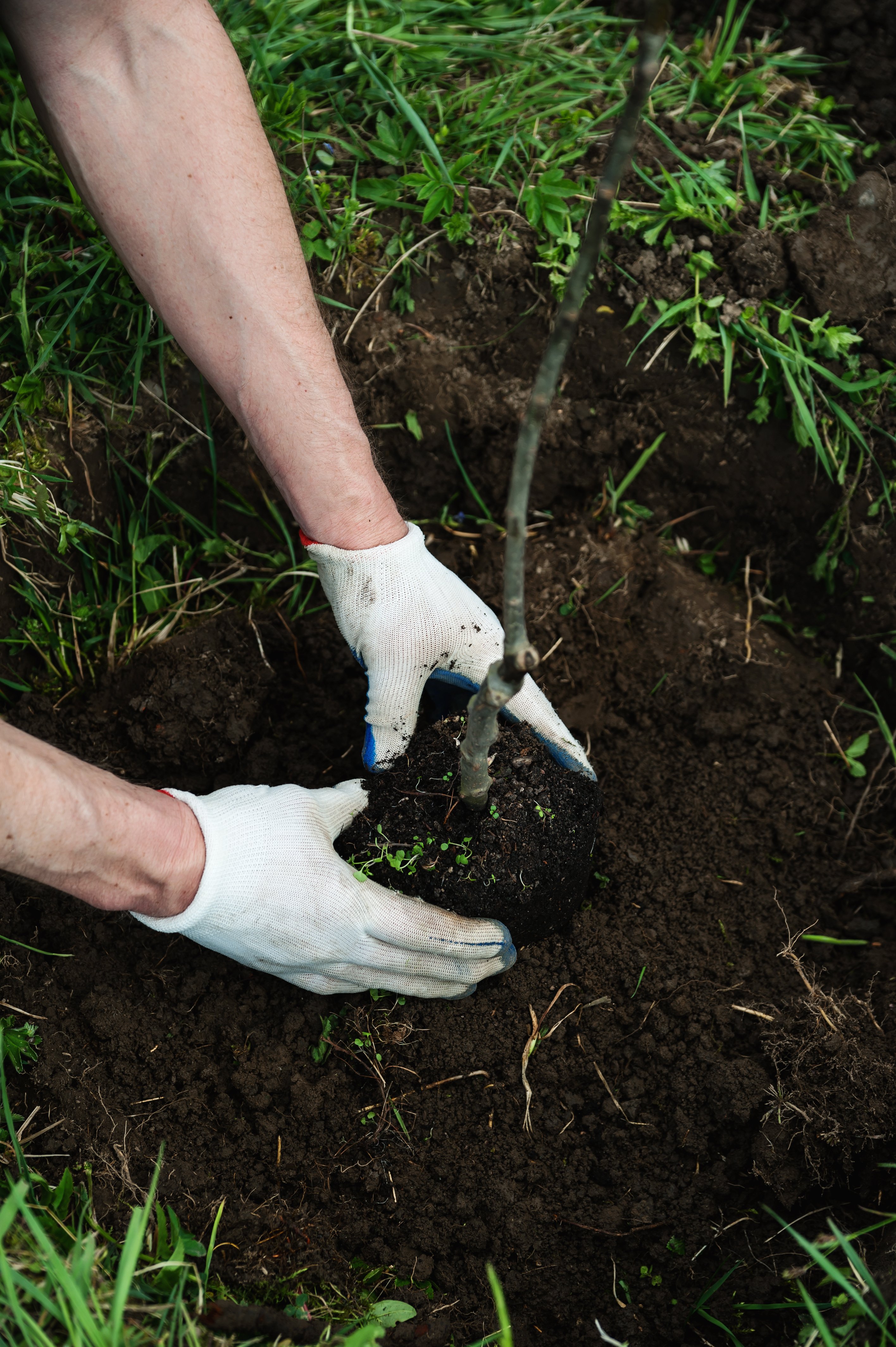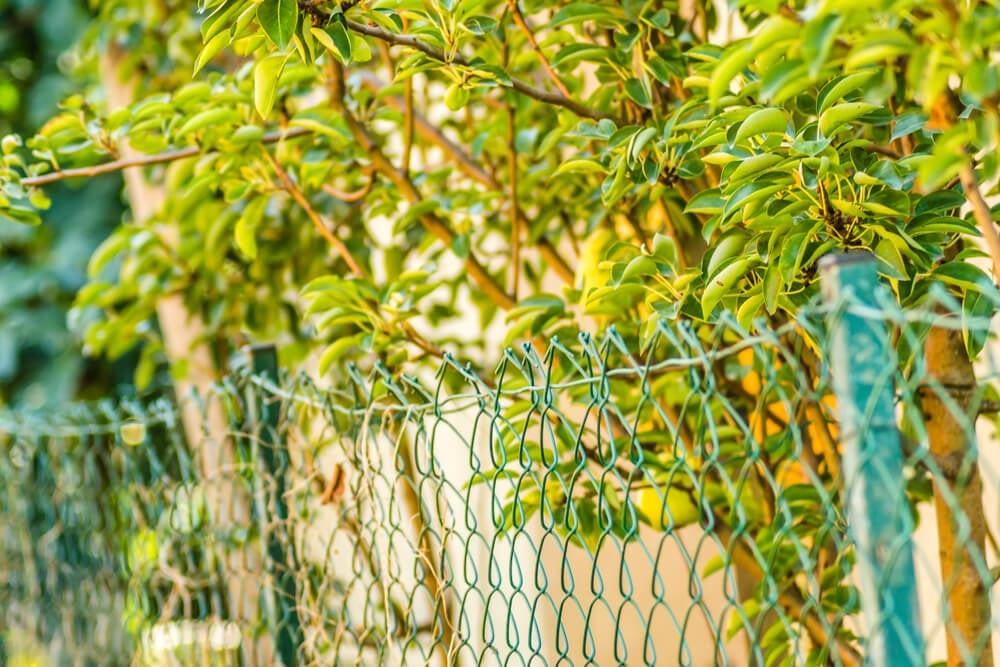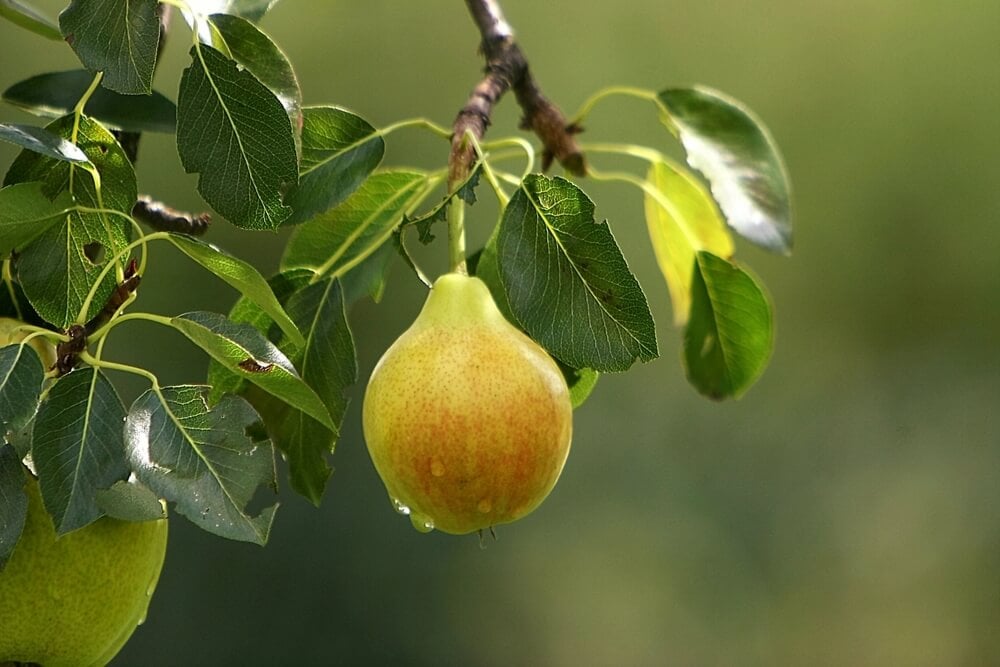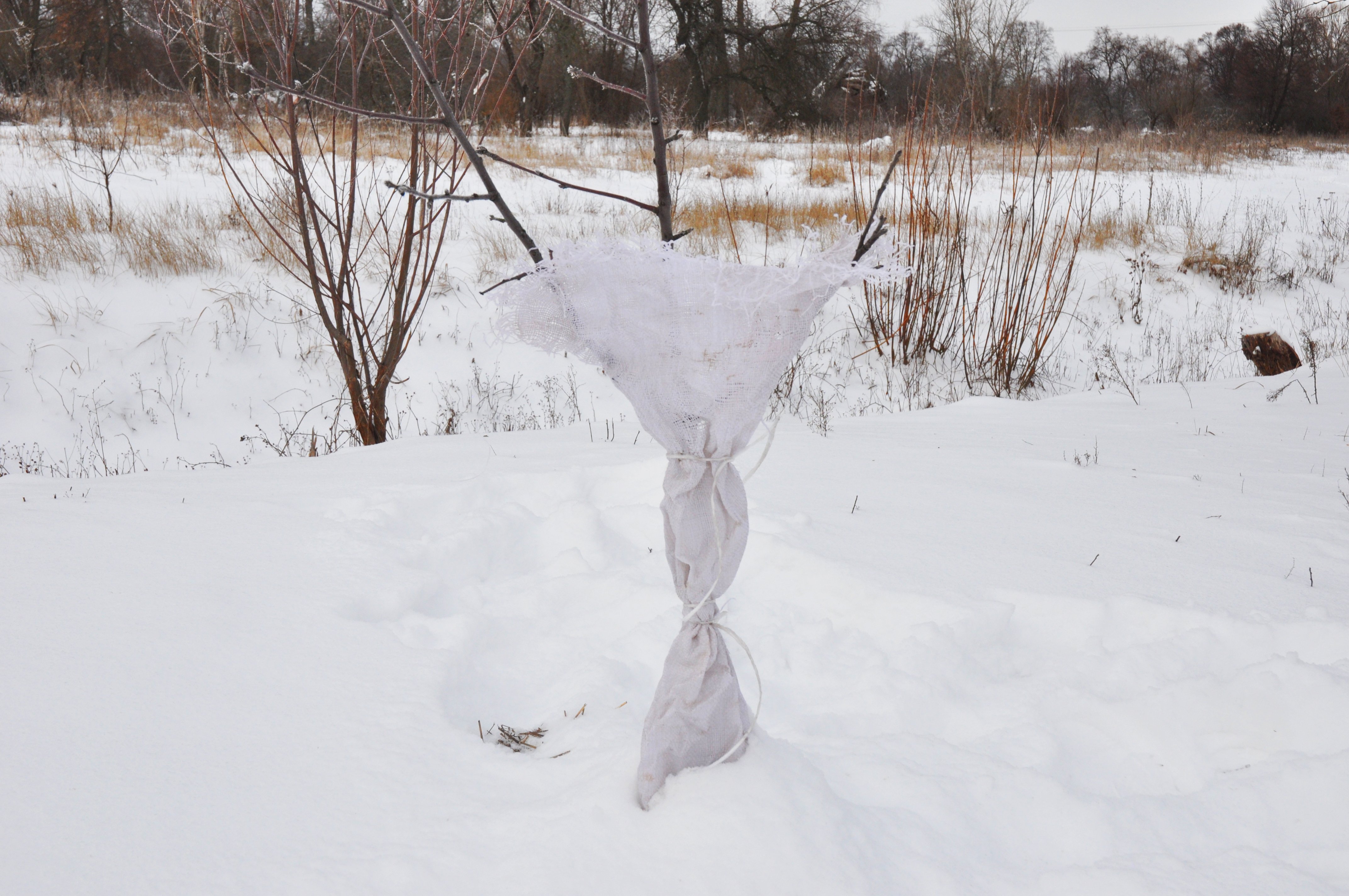Have you ever wanted to grow Pear Trees, but didn’t know where to begin?
Do you already have an Pear Tree, but want growing, caring, and harvesting pear PROVEN Tips!
TheGardeningDad has great news!
Below, are 10 EASY Steps for Growing Pear Trees.
These tips will help you produce bigger, better, and more pears.
- Understand if You Can Grow Pear Trees
Pear Trees grow best in USDA hardiness zones 2-9.
They should be planted in well-draining, loamy soil. And the pH of the soil should be between 6.0 – 7.0.
- Decide Where to Plant Your Tree
Most pear trees require full-sun, should be grown 15-30 feet apart (dwarf trees can be grown 10-15 feet apart), and should be planted in an area that is protected from wind gusts in the winter.

- Buy Pear Saplings/Trees
Before growing pears, you must first buy the sapling or tree. The easiest way to do this is through Amazon.
Sapling Trees are just over 3 feet tall and tend to grow better than trees from seed or cuttings.
And because most pears do not self-pollinate you need to buy 2 cross-pollinating types. Please see the FAQs for more information on the best cross-pollinating pear trees.
- Prepare your Planting Site
Clear the part of your yard where you want to plant your pear tree with a weed whacker or garden pick.
No matter where you live there is always a benefit to adding garden soil or compost to it.
Also, make sure you have enough space between your two pear trees (at least 15-30 feet) so that they can properly grow.
- Dig your Planting Site
The week after your last average frost, begin planting your pear tree.
Never plant a fruit tree in the summer as heat and drought can stunt its growth or potentially kill it.
Dig a hole that is 6 – 12 inches wider than your root ball and 18 – 24 inches deep. Then water hole for 30 – 60 seconds.
- Plant Your Pear Tree
Place your pear sapling or tree into the hole. Fill the hole with garden soil to the point where the trunk of the tree meets the soil and then mulch over the soil.
Water for 30 – 60 seconds. Do not fertilize or prune during the first year.
- Fence around your Pear Tree
After you plant your pear tree, add a fence around your pear tree. The fence will protect it against deer, rabbits, and other pests.
You want your fence close enough so that a deer cannot jump in and out of it, but far enough away so that they can’t eat your fruit, flowers, or branches.
– Related: How to Keep Rabbits Out of Your Garden
– Related: How to Keep Deer Out of Your Garden
- Continue Watering
For the first year, watch your pear tree an inch a week. Continue this throughout the spring, summer, and fall.
Your tree will actually benefit greater from one long watering a week than several short waterings. This is because the roots will absorb water more effectively.
- Mulch in the Fall
Before the first frost of the year, mulch around your pear tree one more time. You should 2 – 3 inches worth of organic mulch.
Every fall you should reapply mulch around the tree.
Do not cover the trunk of your tree.
- Cover your Tree
Before the first frost of the year, cover your pear tree with burlap to protect it from the first cold winter and cold gusts.
Also, wrap the trunk of your tree with a protector wrap. This will prevent deer and other animals from rubbing off the bark.
In the spring you can remove the burlap.
1. Growing pear from seed is only recommended for the most experienced gardeners, as only about 50% of seeds will actually germinate.
2. After you buy your Pear Seeds, cover them in a damp paper towel. Then place them in a sealed plastic bag.
3. Store your seeds in the fridge at a temperature that is between 40 – 45 degrees Fahrenheit during winter for 70 to 80 days. This will allow your seeds to have time to grow roots and sprout.
4. Over the next 70 to 80 days keep your paper towel damp to encourage rapid growth of roots and sprouting. Never let it dry out or your seeds will not grow roots and sprout.
5. After 80 days (when your seeds have sprouted) prepare a pot with potting mix. Fill your pot with potting mix soil.
6. Next, plant two pear seeds in one inch deep holes. Then cover with soil and water for 15 seconds.
7. Place your pot under a grow light or by a window. Keep it at room temperature. 65 – 70 degrees Fahrenheit is the optimal room temperature.
8. Spray your seeds 3 times a day and always keep your soil moist. If your soil turns a light brown, spray again. After 3 – 4 weeks you will notice your seeds should germinate or pop through the soil.
9. Once your pear tree is between 6 inches to 1-foot tall transplant your pear tree outside. Plant it in a hole that is twice the size of the root ball. Cover with garden soil and mulch.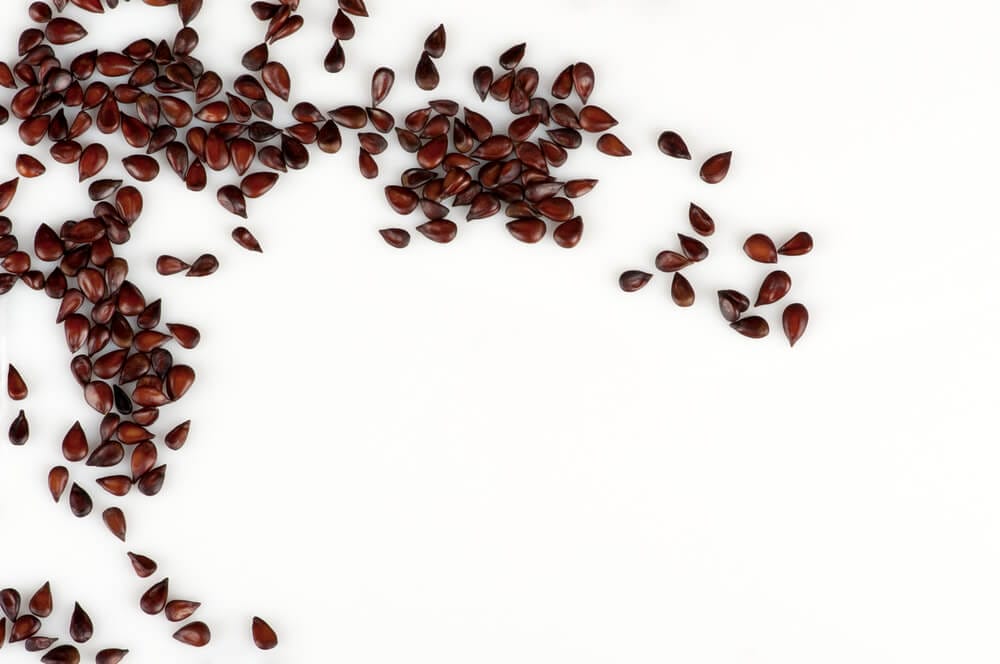
Growing pear trees in pots are recommended for only certain types of pear.
1. First, buy your pear tree from Amazon. Typically, the best type of pear tree for pots is dwarf trees. In addition, self-pollinating pear trees work best in containers.
2. Next, buy a container that is at least twice the size of the root ball of your pear tree. This will allow your tree to grow quicker.
It should be noted that you may read about different types of graft types of root sizes for pear trees in pots, but for most beginner gardeners you should not worry about this.
3. Fill your container 80% full of potting soil. Then, place your pear tree in the pot. And then fill the pot with the rest of the soil. Do not cover up the trunk of your tree.
4. Immediately after planting your pear tree, you will want to water it for 30 seconds. Continue watering your pear tree once a day for 30 seconds.
5. Keep your pear tree outside. The best place is a full-sun area. If you can keep it near your house that will help protect it from disease and pests.
6. In the winter you should keep your pear tree outside and cover it in burlap to protect it from the cold and wind.
If your winter gets below 20 degrees Fahrenheit every day then you should move it inside until early spring.
7. You can fertilize, prune, and protect your plant against disease and pests just like you would if it was planted in the ground.
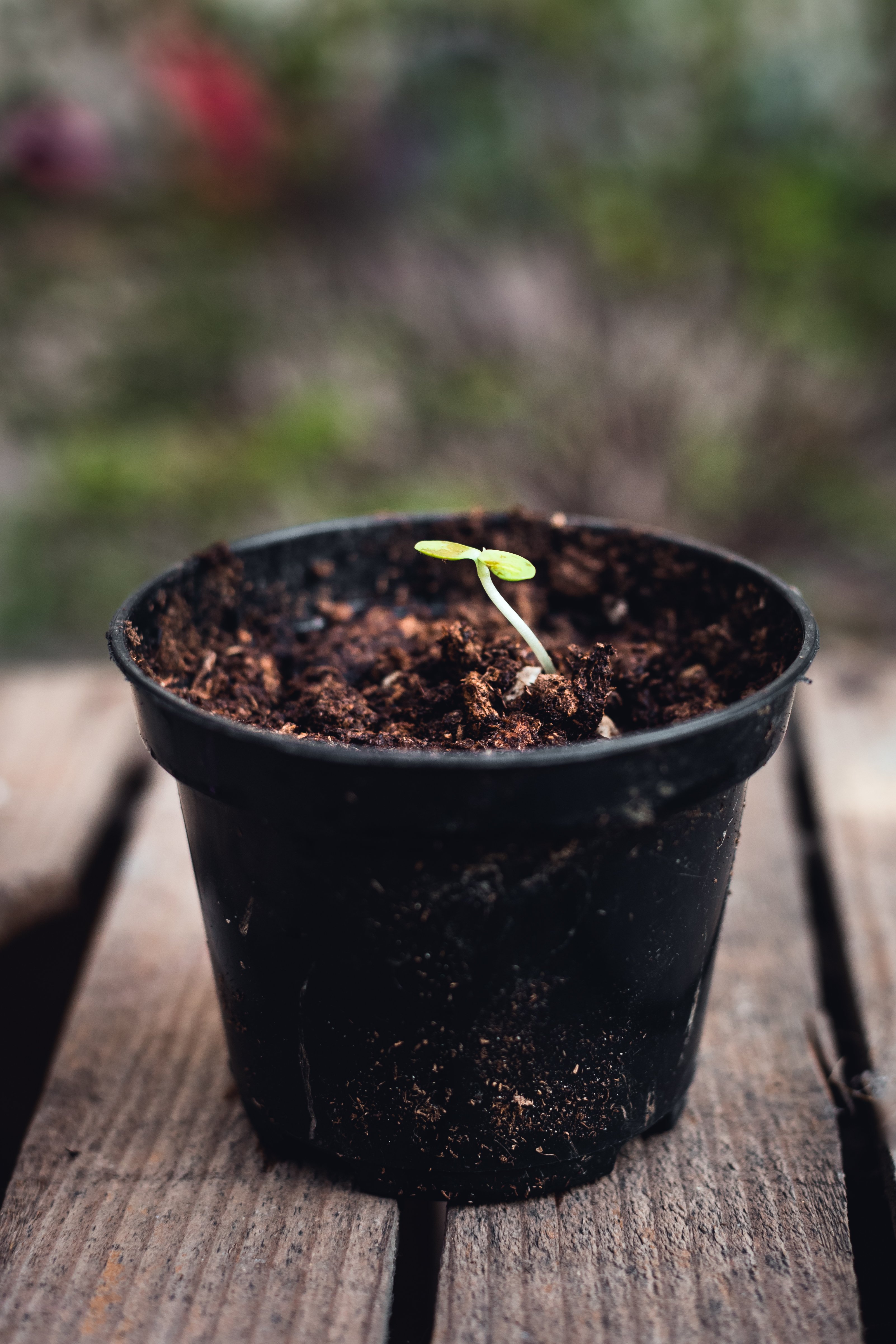
In order to have the most success with growing pears, it is important to understand what trees pollinate with each other.
And while self-pollinating pear trees are great, they tend to produce a lot fewer pears unless they cross-pollinate.
Below, is one of the most comprehensive cross-pollinating pear charts.
I have personally cross-pollinated Bartlett and Bosc pears with lots of success.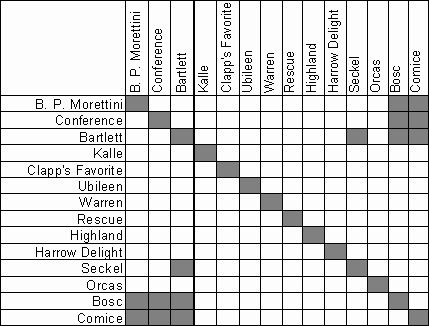
The beauty of growing pear trees for beginners is that you need very few supplies. In order to have the most success growing pear trees, I recommend purchasing the following supplies:
– Pear Seeds
– Pear Saplings
– Potting Soil or Garden Soil
– Mulch
– Spray Bottle or Watering Can
– Organic Pesticide & Organic Insecticide
– Grow Light
– Loppers
– Related: Best Loppers for Gardening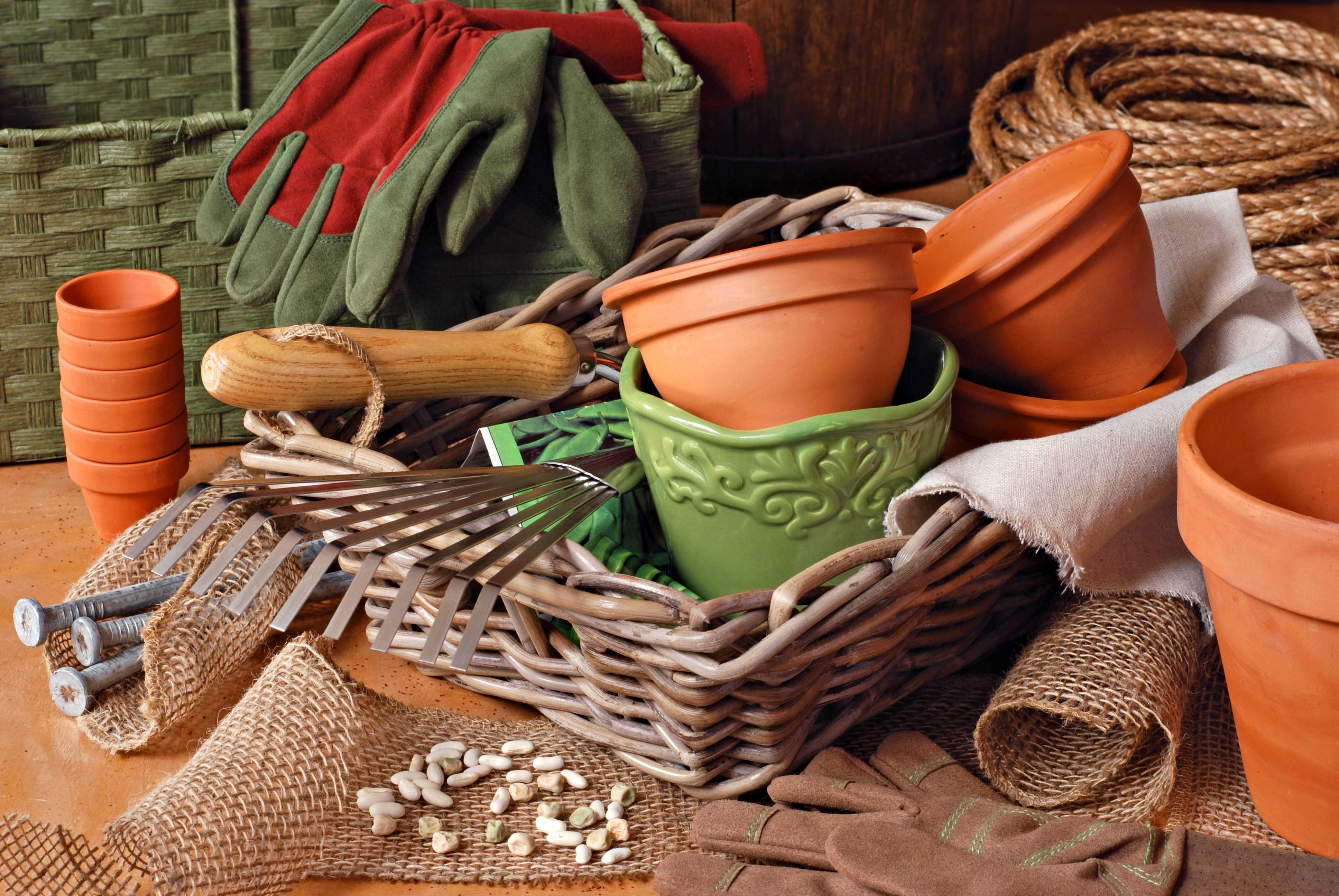
Depending on the type of pear tree you plant the care you must provide can range from easy to difficult. In general, some pear trees are harder to care for than other fruit trees.
Below, are several tips you should take advantage of:
1. As your sapling or baby tree begins to grow you should water it about every 10 – 14 days.
Mature trees can be watered once a week. You should provide your tree with about 1/2 inch of water per watering.
2. You should spray your pear tree with an insecticide or organic application during the dormant, petal drop, bloom, and early summer to prevent maggots, moths, and aphids.
You should apply a neem oil once during the dormant season, which is later winter before buds begin to show.
During the delayed dormant season, when buds begin to show you should apply one more round of neem oil.
Just before any type bud clusters show pink or color you should use an organic insecticide and fungicide (see the gardening supply section for recommendations).
When your flowers bloom DO NOT USE INSECTICIDE or PESTICIDE.
About 3 – 4 weeks after your flowers bloom and fruit begins to grow you will want to apply your insecticide and fungicide every 3 weeks until August or early September.
I recommend following the Washington State Unversity spray schedule for a full step-by-step guide to spraying insecticide and pesticide. Although this is for apple trees you can use it for pear trees too.
3. Do NOT Prune your sapling and young trees.
4. When your tree gets to be 3 – 4 years old you should fertilize it. Fertilize your pear tree every spring. You should fertilize it with a 10 – 10 – 10 NPK mix.
Do not fertilize your pear tres in the fall, summer, or winter.
5. Finally, apply a fungicide to your fruit tree in early spring and as needed if you notice pear scab, blight, or mildew.
I recommend following the University of New Hampshire Spray Schedule. Again, this is for apple trees but can be applied to pear trees too.

While Pears are some of the most delicious fruit, they are also the most prone to pests.
Some of the most common pests to pear trees are:
-Maggota, Coddling Moth, Aphids, Red Mites, Leafhoppers, Japanese Beatles, and Green fruitworms.
In order to prevent your pear trees from insect infestation, it is recommended that you apply an insecticide after the last frost and consistently throughout the summer. 
You should fertilize your pear tree after it has grown and matured for 3 -4 years.
You should fertilize your pear tree after the last snow, but before your trees begin to bud. This is typically 6 – 8 weeks before the last frost.
You should use a fertilizer with an NPK ratio of 10 – 10 – 10.
Before fertilizing your pear tree make sure to test the pH level. The pH level of the soil should be neutral. If it is already neutral than do not apply fertilizer or stick with a slow-release fertilizer.
Also, never use a weed and feed fertilizer as this can stunt the fruit growth of your tree.
It is also recommended to use a slow-release fertilizer because you will only have to use it once or twice a season, rather than a fast-release that requires weekly applications.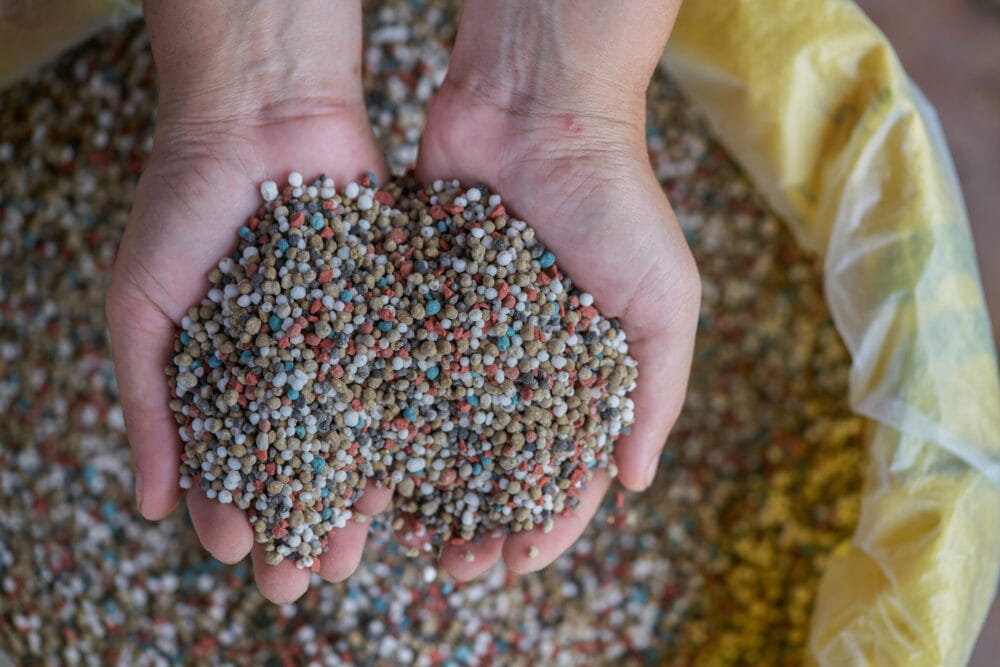
Pears are one of the easiest fruits to harvest.
Simply, follow the steps below:
1. Wait until late summer to early autumn to harvest your pears. This can be anywhere from August to late October depending on the type of pear tree you grow.
2. Your pears will be ready to harvest when they hard and fully colored green or brown depending on the type of pear you are growing.
3. Your pear is ready to harvest when it is slightly smaller than the size of your fist and is hard to your touch.
4. It should be noted that pears do not fully ripen on the tree. You must harvest them and let them sit on your kitchen counter until they soften to your liking.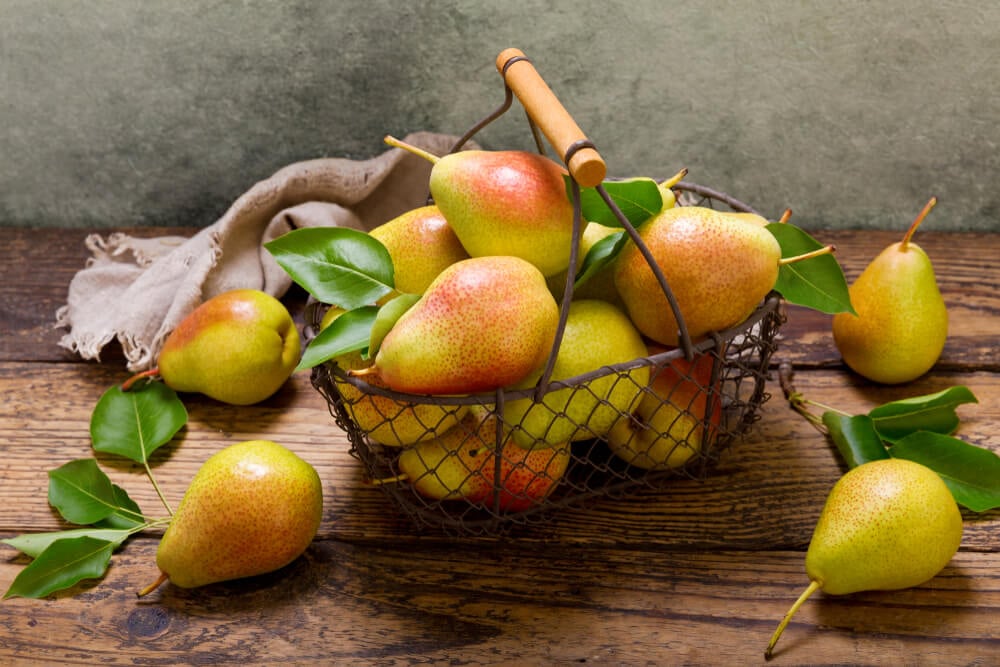
Pears are one of the most versatile fruits that you can grow.
Below, are some of the many uses that you can use Pear for.
– Eating Pears Raw
– Pie
– Pear Jam
– Blend into a Salad Dressing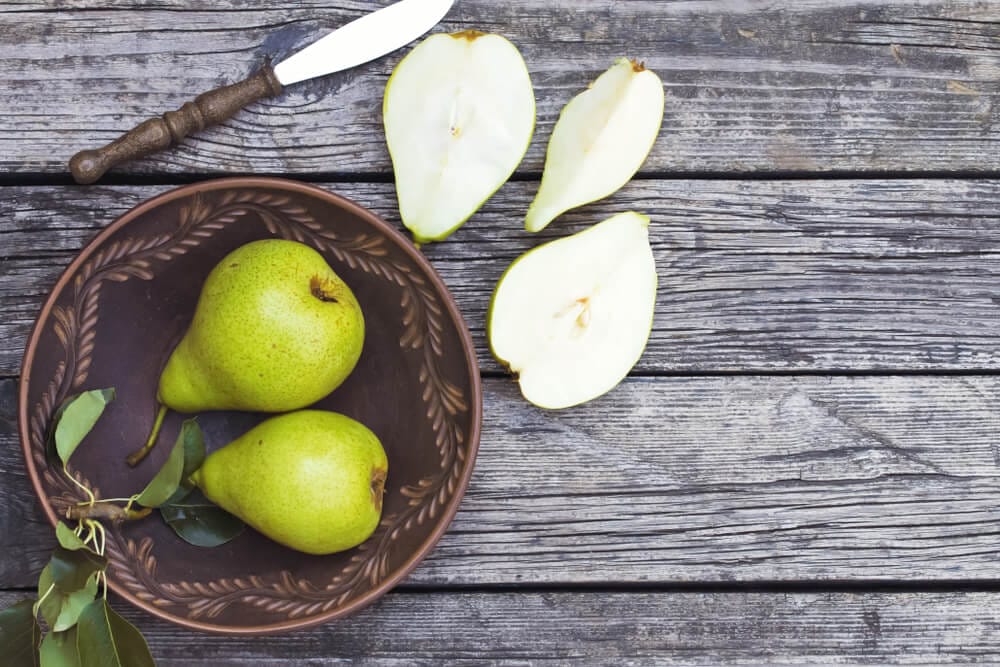
With so many uses for pears, you may be asking what is best for your particular use?
Below, is a quick guide for the best pears for different uses.
1. Best Pears to Eat Raw
– Bartlett, Bosc, Anjou, Asian, Seckel, and Comice varieties.
2. Best Pears for Making Pie
– Softer varieties are the best. Bartlett, Bosc, and Anjou
4. Best Pears for Jam
– Softer varieties are again the best. Bartlett, Bosc, Anjou, and even Seckel
5. Best Pears for Dressing
– Bartlett, Bosc, and Anjou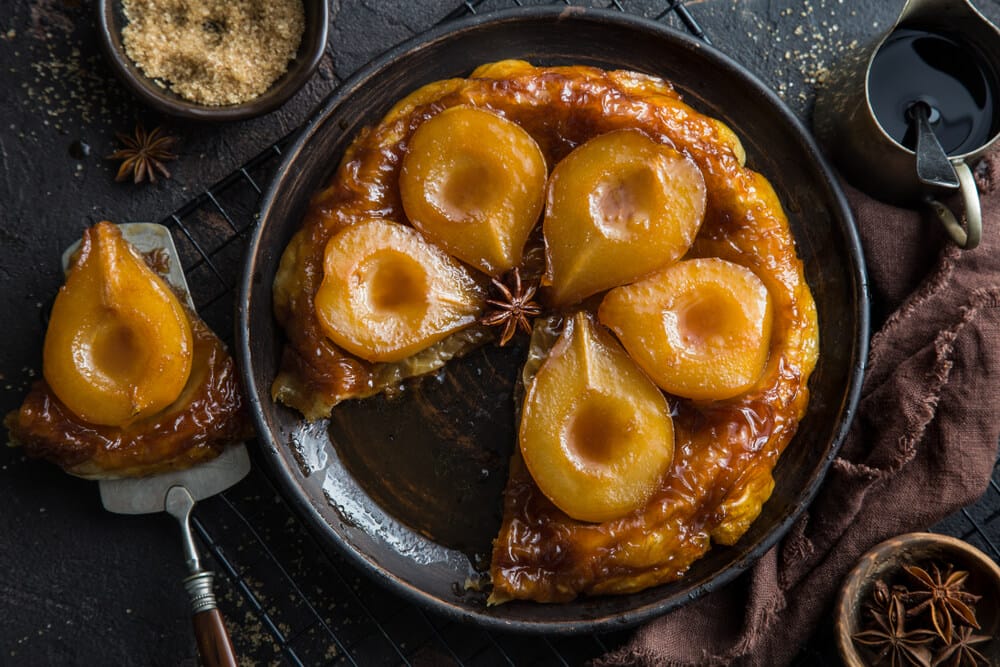
Pruning a pear tree is an art and science. There are several important factors you should remember before pruning a pear tree.
You should only prune your pear tree after it has grown and matured for 3 – 4 years.
And NEVER Prune more than 1/3 of your tree a year.
Not only this, but you should only prune your pear tree in the spring. Doing so any other time of the year can potentially stunt its growth or even kill it.
Some of the suggested pruning cuts include Suckers, broken branches, downward-growing branches, rubbing branches, shaded interior branches, competing leaders, narrows crotches, and whorls.
In order to Prune a Pear Tree in the most effective way possible, follow the below steps:
1. First remove all dead, diseased, or broken branches. Immediately throw them away.
2. Then remove all water sprouts. Water sprouts are vertical growing branches that appear from the trunk and have no side branches.
3. Remove any branch that creates a V. This cannot support the weight of fruit.
4. Remove any branches that are crossing each other, growing inwards, or rubbing against each other. These typically cause fungus or disease.
5. Always prune your branches down to the growth bud. This will allow you to control the direction of growth while promoting more fruit.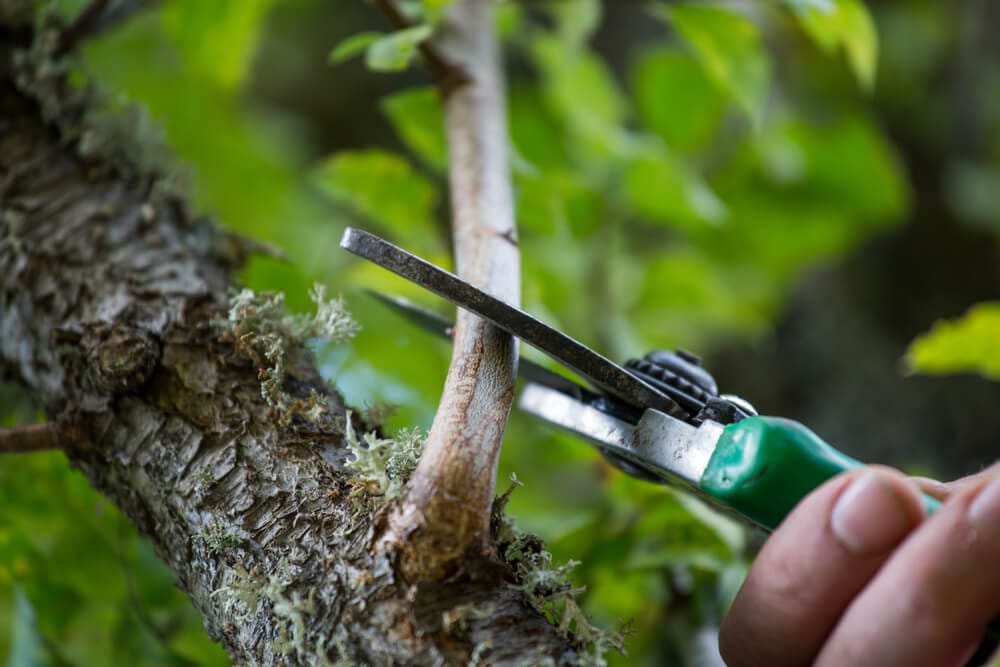
Before you decide to train your pear you need to decide how you like it to grow.
In order to properly train your pear tree’s growth, you will need to prune, cut, bend, and tie your branches in the direction you would like them to grow.
It is recommended that you cut as little as possible if you are training your branches to grow the design of your liking.
It is also recommended to begin training your pear tree that may be required for several years after you initially plant your tree.
The most important factor to remember when training your pear tree is that you should train it around a central leader. This means to train it around a specific branch that you want to be the trunk of your tree.
To learn more about the proper way to train your pear tree’s growth I recommend visiting Clemson University’s Training Guide. It should be noted that you train Pear Trees as you do with Apple Trees.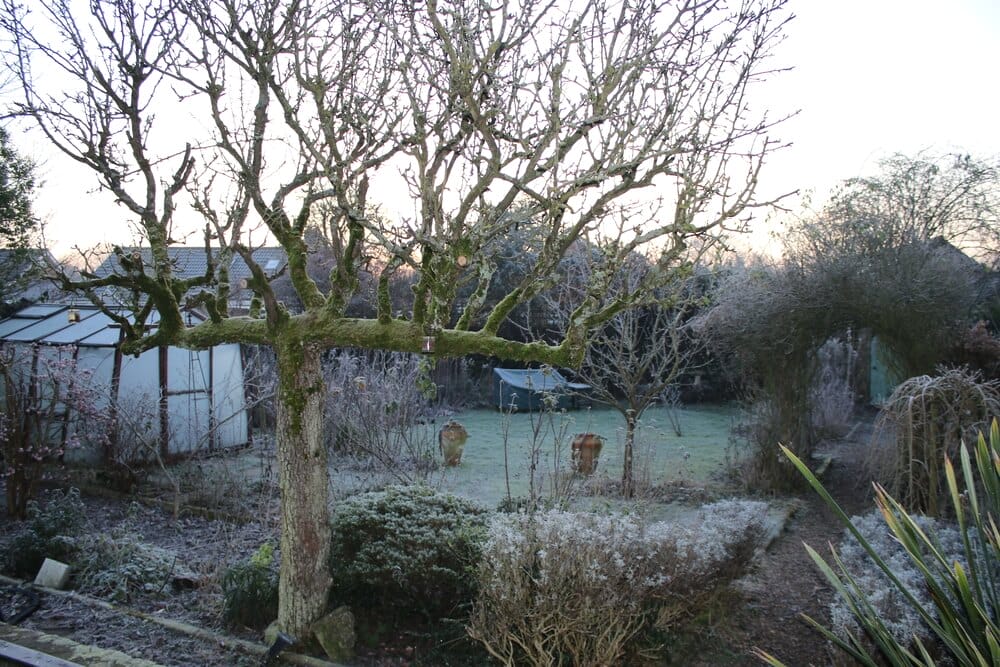
Thinning Pear Trees is part art and part science.
In order to have the most success thinning your fruit you should consider several things:
– Thinning of your Pears should be when the pears are small. This is typically in mid-may.
– As a general rule of thumb, your pears should be spaced 6 inches apart of your branches. You will want to thin your pears tree so that the fruit is spaced no closer than this.
– Not only this, but your fruit tree will naturally thin itself by dropping poorly pollinated, infected, and infested fruit throughout the summer.
-There are two ways to thin your pears trees.
You can use a pole, which is great for larger trees.
Or you can use your hand. Using your hand is the easiest and safest way to protect other pears on the branches.
Pears are easy to store.
You can leave your pears at room temperature and they typically will last a 7 – 10 days.
You can also leave your pear in the refrigerator and they will last 2 – 3 weeks.
Finally, you can freeze your pears, dry your pears, or even can your pears if you want them to last up to 1 year.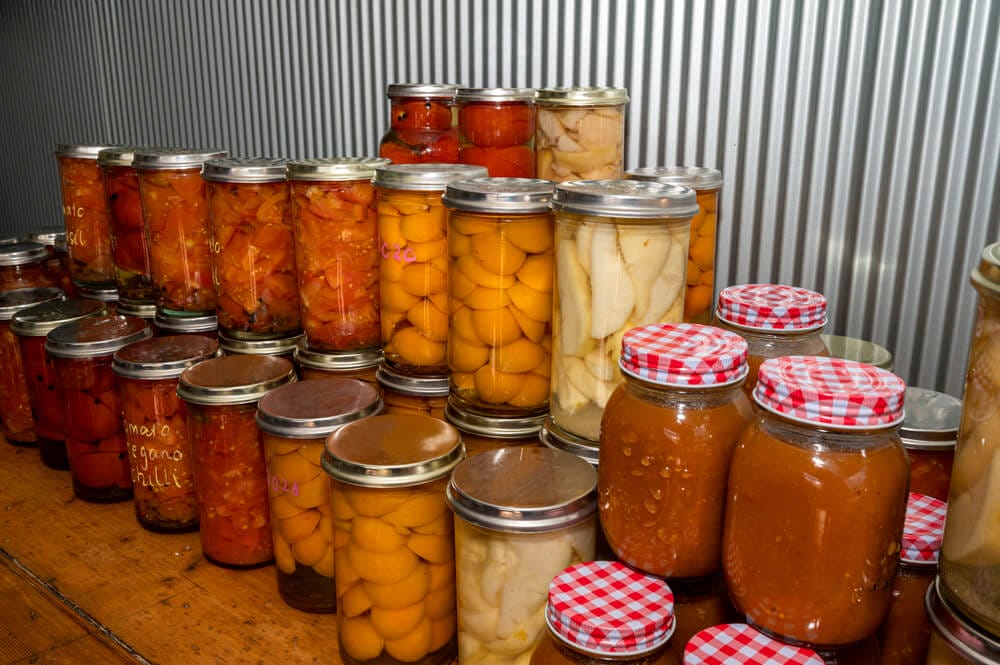
Conclusion
After reading this article you should have a better idea of How to Grow Pear Trees in 10 Easy Steps.
These steps are not only Easy but are quick and proven. Best of all is that all types of gardeners, including beginning pear tree growers, will have success with them.
Not only this, but you now should have a better idea on:
- How to Grow Pear Trees from Seed & in Pots
- What Pear Trees Cross-Pollinate
- What Supplies are Needed for Pear Tree Growing
- How to Care for Your Pear Trees, Fertilize, and Common Pests to Spray for.
- How do You Prune Pear Trees, Thin Fruit, and Train your Tree
- Harvesting Pears, what are the best uses, and what are the best pears for different uses


